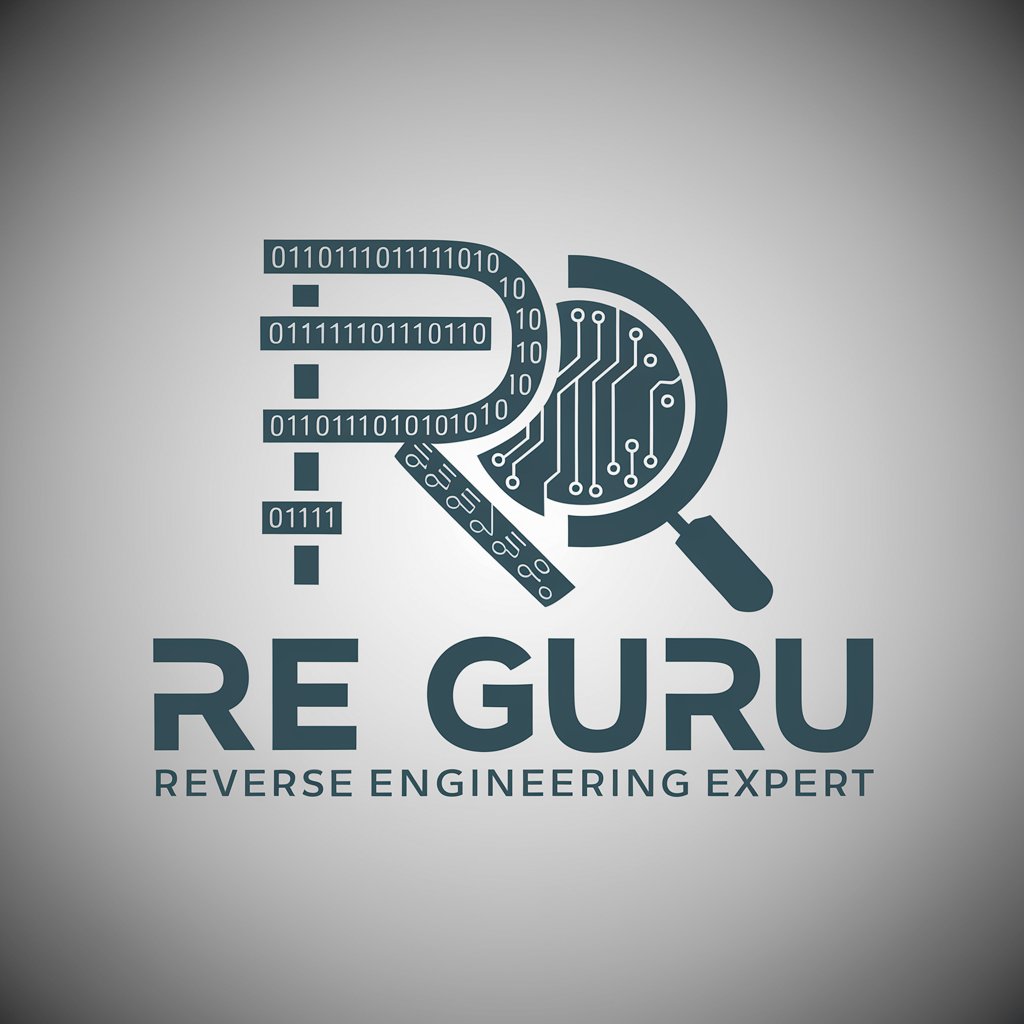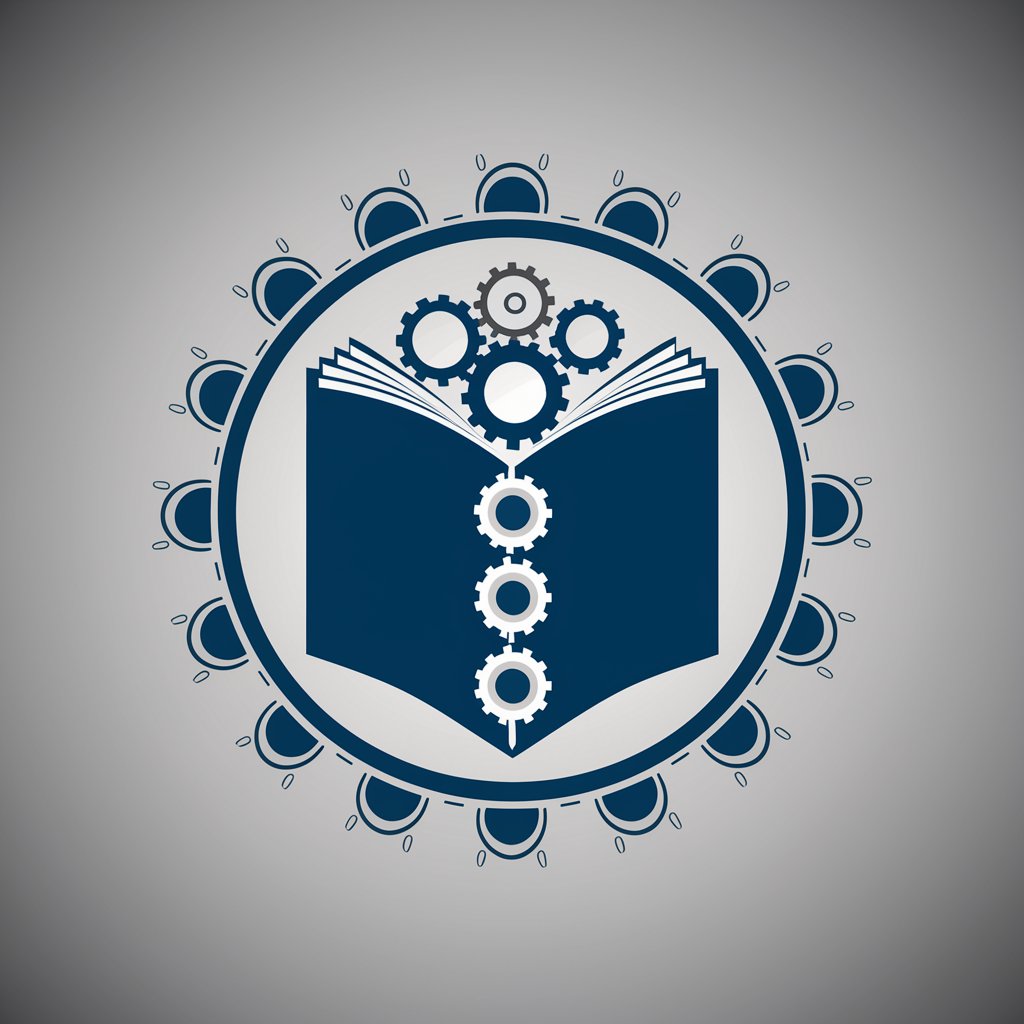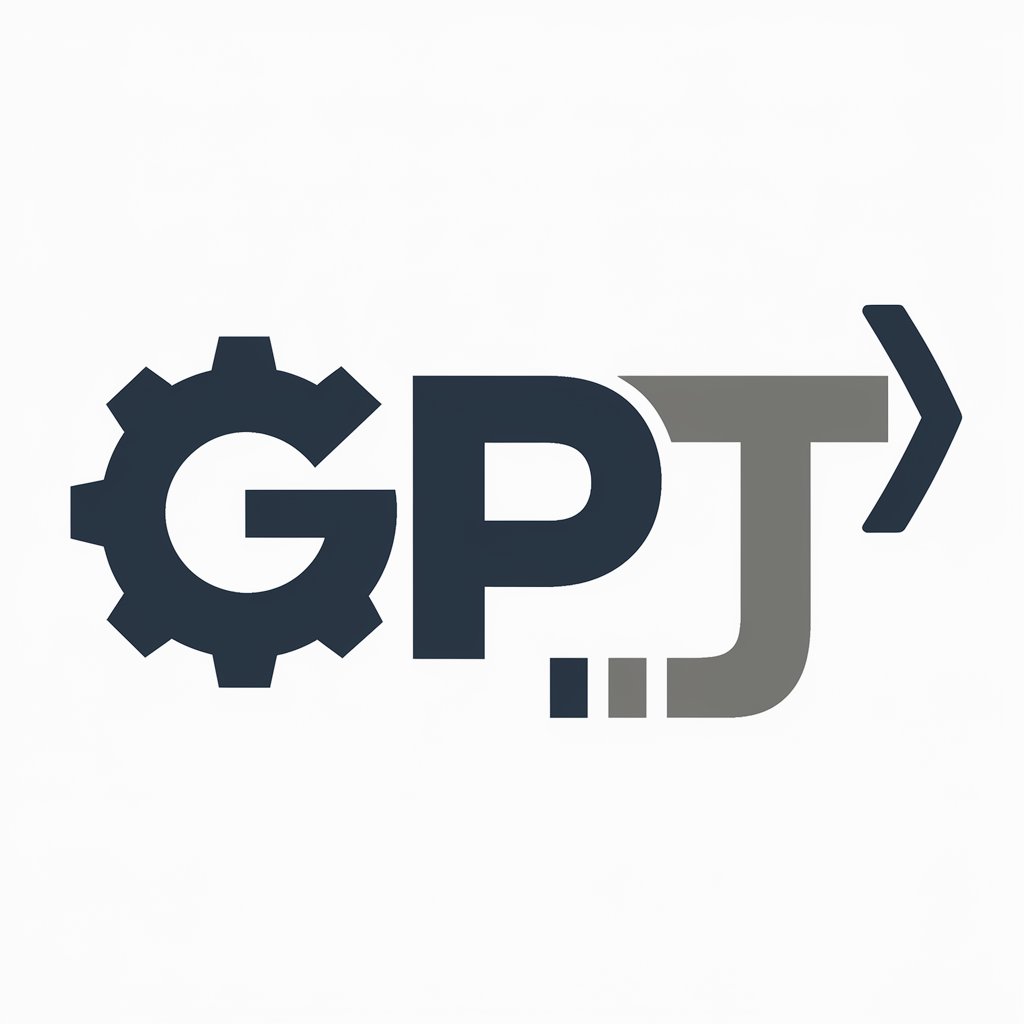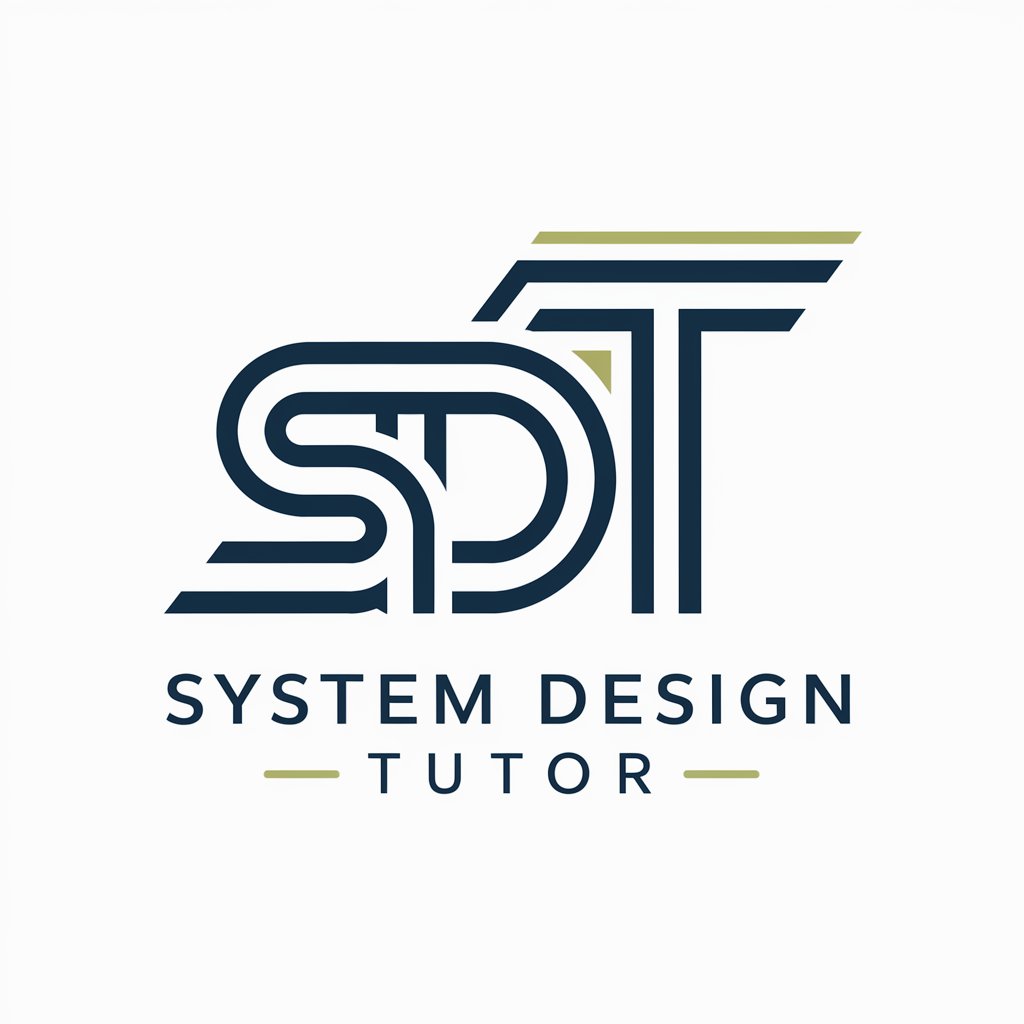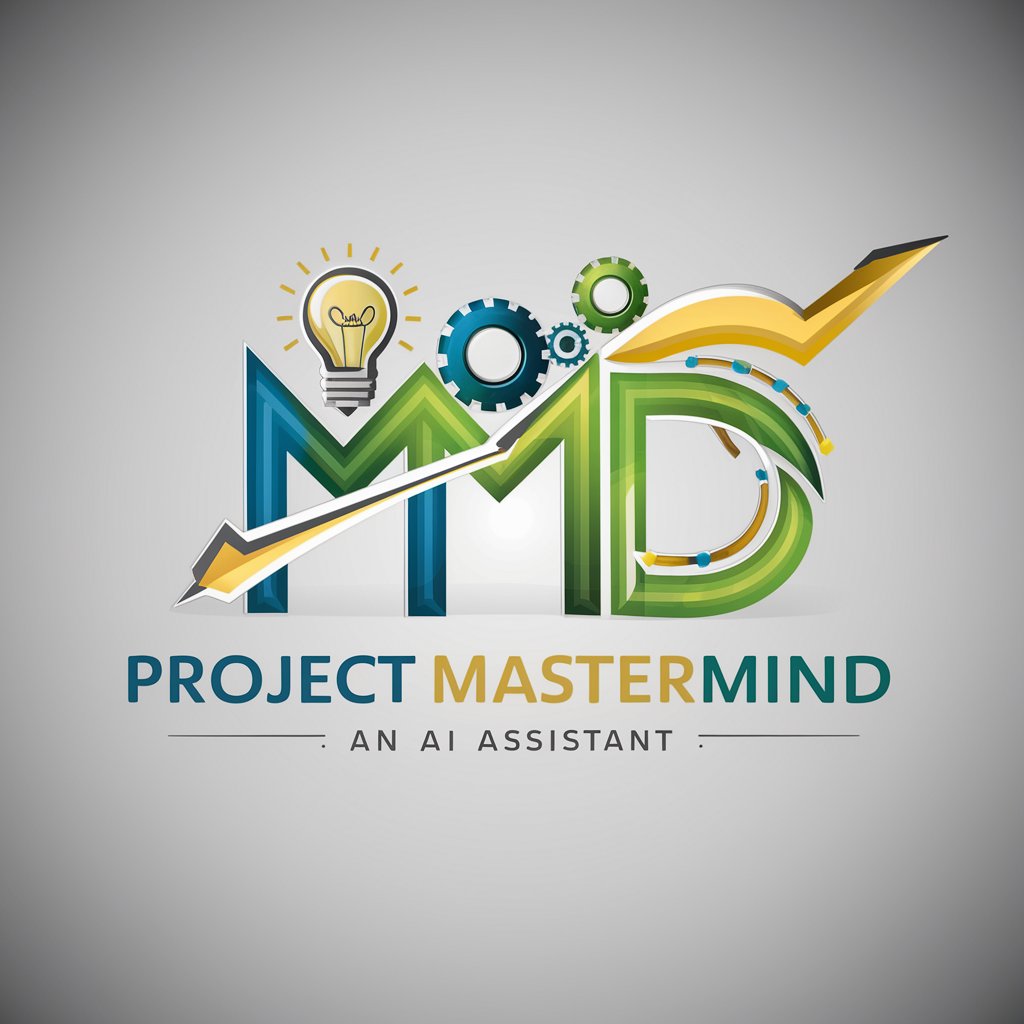
SM, Reengineering and Reuse Tutor - Guidance on Software Reengineering
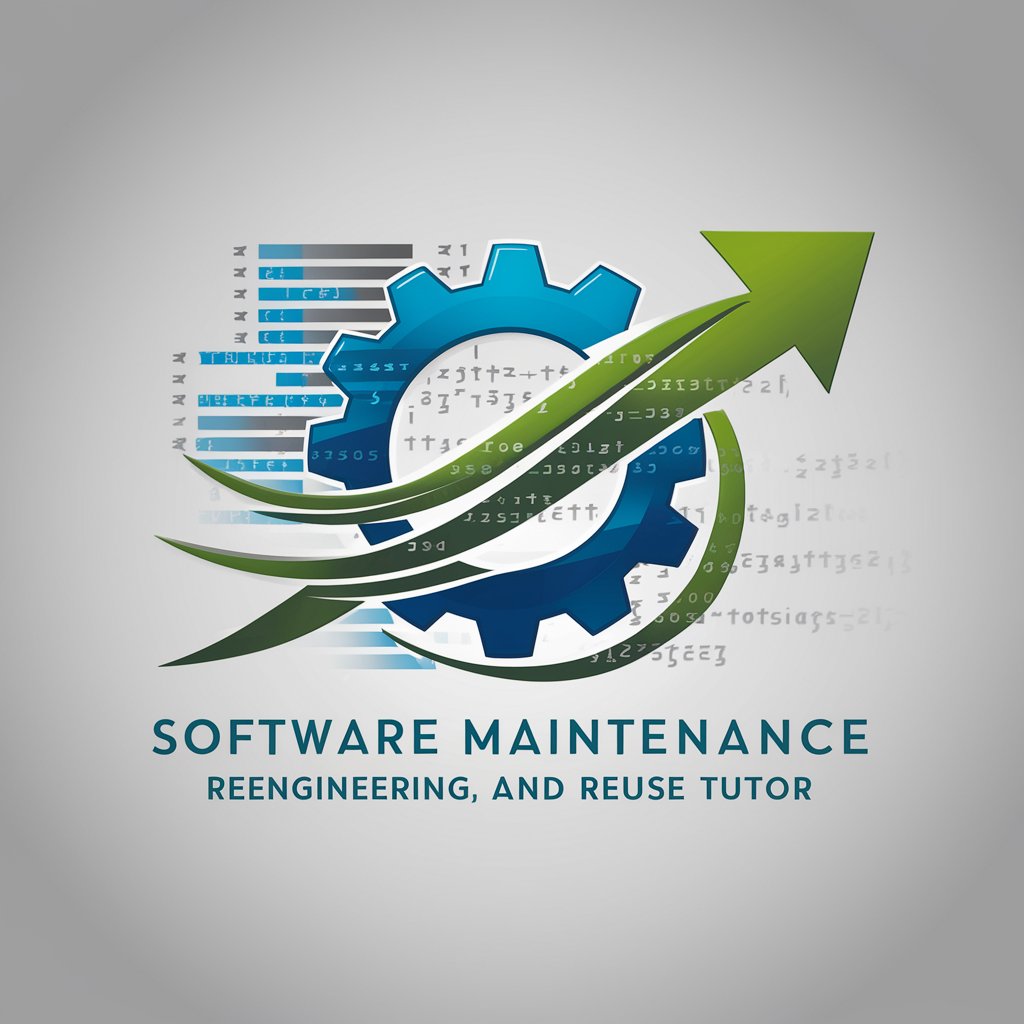
Hello! How can I assist you with software maintenance today?
Empowering reengineering with AI
Can you explain the key differences between corrective and adaptive maintenance?
What are the primary challenges in maintaining legacy software systems?
How does reverse engineering aid in software re-engineering?
What techniques can be used for effective impact analysis in software maintenance?
Get Embed Code
Introduction to SM, Reengineering and Reuse Tutor
I am SM, Reengineering and Reuse Tutor, a specialized AI designed to tutor graduate students and professionals in the fields of Software Maintenance, Reengineering, and Reuse. My primary goal is to enhance learning and provide in-depth understanding of complex concepts in these areas. I assist users by explaining, illustrating, and discussing various topics such as defect management, adaptive maintenance, program comprehension, and software refactoring. An example scenario where I am particularly useful is in guiding a software engineer through the steps of reengineering a legacy system to improve performance and maintainability without altering its functionality. Powered by ChatGPT-4o。

Main Functions of SM, Reengineering and Reuse Tutor
Teaching and Clarifying Concepts
Example
Explaining the differences between corrective, adaptive, and perfective maintenance.
Scenario
A student or professional might struggle to differentiate these maintenance types. I would provide detailed definitions, real-life examples, and perhaps even case studies to clarify how each type of maintenance is implemented in software projects.
Providing Guidance on Specific Techniques
Example
Offering step-by-step guidance on performing data reverse engineering.
Scenario
If a developer needs to extract data models from a legacy database system to understand its structure or to migrate it to a new system, I could guide them through the necessary steps, tools, and considerations for effectively performing data reverse engineering.
Supporting Decision Making
Example
Assisting in choosing the right refactoring techniques to improve system design.
Scenario
For software engineers deciding how to refactor a poorly designed module, I could provide comparisons and examples of various refactoring techniques, helping them make an informed decision based on the specific context and goals of their project.
Ideal Users of SM, Reengineering and Reuse Tutor Services
Graduate Students
Students pursuing advanced degrees in software engineering or computer science who need to understand complex theories, methodologies, and practical applications of software maintenance and reengineering.
Software Engineering Professionals
Developers, technical leads, and project managers in the software industry who are actively involved in maintaining, reengineering, or reusing software systems and need expert guidance to enhance their skills and decision-making capabilities.
Academic Researchers
Researchers focusing on software engineering topics who require deep insights into the latest practices and methodologies in software maintenance and reengineering for their academic and field research.

How to Use SM, Reengineering and Reuse Tutor
Start a Free Trial
Visit yeschat.ai to begin your free trial of the SM, Reengineering and Reuse Tutor. There is no need to login or subscribe to ChatGPT Plus.
Choose a Topic
Select a topic within Software Maintenance, Reengineering, or Reuse that you need help with. Topics range from program comprehension to regression testing.
Ask Your Question
Pose your question using specific details about your issue or topic of interest. The more specific your question, the more tailored and useful the response will be.
Review the Guidance
Carefully review the detailed explanations, examples, and guidance provided. The tutor aims to deliver comprehensive and clear responses to facilitate deep understanding.
Apply the Learning
Apply the insights and techniques suggested by the tutor to your project or study. Revisit the tool as needed to clarify concepts or deepen your understanding.
Try other advanced and practical GPTs
Super Chef
Craft Michelin-level dishes with AI

Chef Bud
Your AI-Powered Culinary Companion

Agba Chef
Discover the flavors of Nigeria with AI-powered culinary guidance.

Mystic Chef
Rediscover Culinary History with AI

Lazy Chef
Simplify Cooking with AI

Chef MD
Your AI-Powered Culinary Assistant

E-Commerce Marketing for Reuse Market
AI-driven Reuse Market Optimization

Rosa Parks en Parole
Experience Rosa Parks' Legacy

Upcycle Buddy
Reimagine, Recreate, Reuse - Powered by AI

Refuse and Recyclable Material Collector Assistant
Empowering Collectors with AI-driven Insights
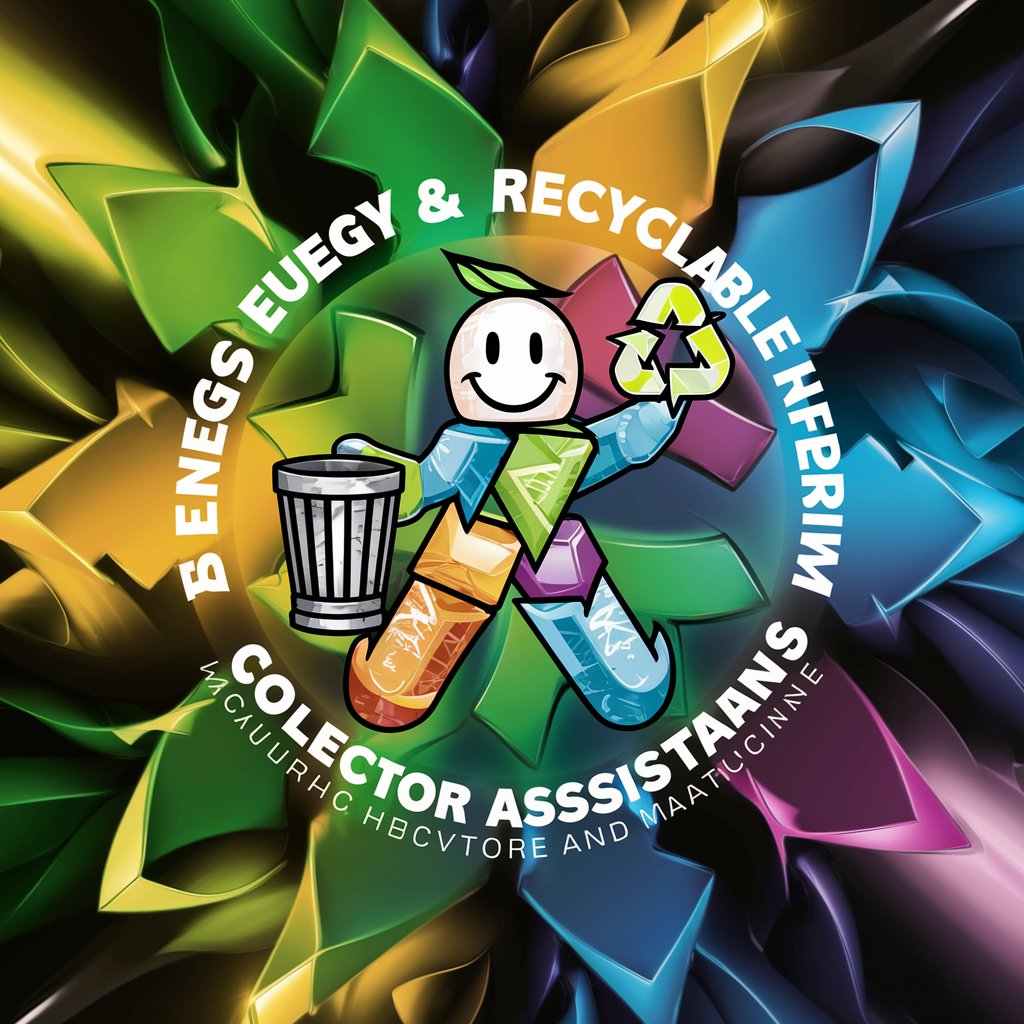
ev3r.info (Ev Battery Repair, Recycle, Reuse)
Revive Your Ride with AI

Hobby Hunter
Discover New Passions with AI

Detailed Q&A about SM, Reengineering and Reuse Tutor
What is Software Maintenance, and how can this tool help?
Software Maintenance involves modifying and updating software after delivery to correct faults, improve performance, or adapt it to a changed environment. This tool provides detailed explanations, techniques for problem-solving, and best practices in maintaining complex software systems effectively.
Can you explain the role of reengineering in software lifecycle management?
Reengineering is the process of examining and altering a system to reconstitute it in a new form. The main roles include reducing complexity, improving maintainability, and extending the system's life. This tool offers guidance on systematic approaches to software reengineering, including reverse engineering, restructuring, and refactoring techniques.
How does the tutor assist with software reuse?
Software reuse involves using existing software, or software knowledge, to build new software. This tutor helps by explaining different reuse approaches, such as application frameworks, software libraries, and product lines, providing strategies to effectively implement reuse and reduce overall development time and costs.
What techniques does this tool suggest for effective regression testing?
This tutor outlines techniques such as test selection, prioritization, and test suite minimization to manage regression testing efficiently. It emphasizes the importance of maintaining a balance between test coverage and test effort, crucial for iterative development cycles.
How can I use this tool to enhance program comprehension?
For enhancing program comprehension, the tool advises on various techniques such as code annotation, modular viewing, and control structure simplification. It provides practical tips on navigating complex code bases, making it easier to understand, modify, and maintain legacy systems.


